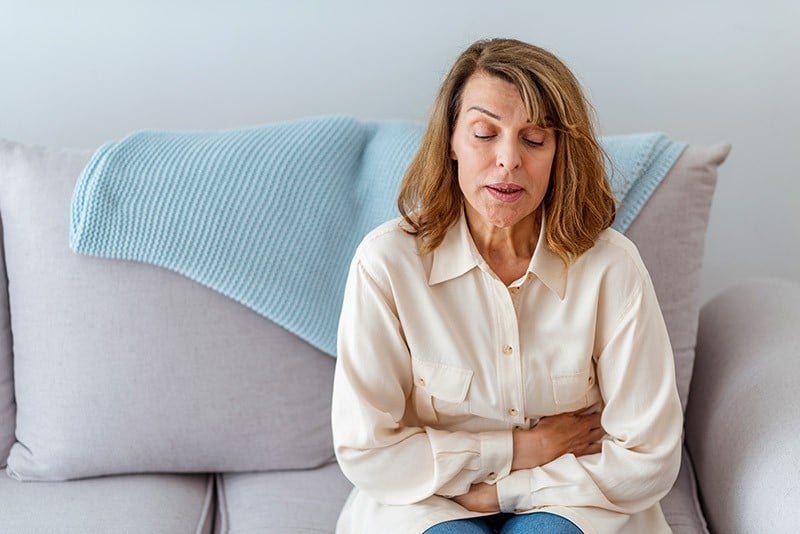Chills

Chills often accompany a high-grade fever. Since fever can happen to both kids and adults to combat infections, chills can manifest for both groups. Therefore, an individual must always be on the lookout for such instances as chills can be quite discomforting. Although chills are most associated with fever, some people can get chills without a fever.
Chills indicate that the body’s reacting and trying to regulate its core temperature. The muscles contract and repeatedly relax when people get chills. These involuntary movements help the body warm up and also signify that the body’s fighting off the onset of an illness, an infection, or exposure to low temperatures.
Layering clothes, being in a warm place and drinking something hot, like chocolate, tea, or coffee, can help ease the chills fast. Medications include ibuprofen, acetaminophen, or other antibiotics. If chills accompany chest pains, extreme fatigue, or difficulty breathing, it will be best to see a doctor for a more comprehensive checkup and other possible testing.










